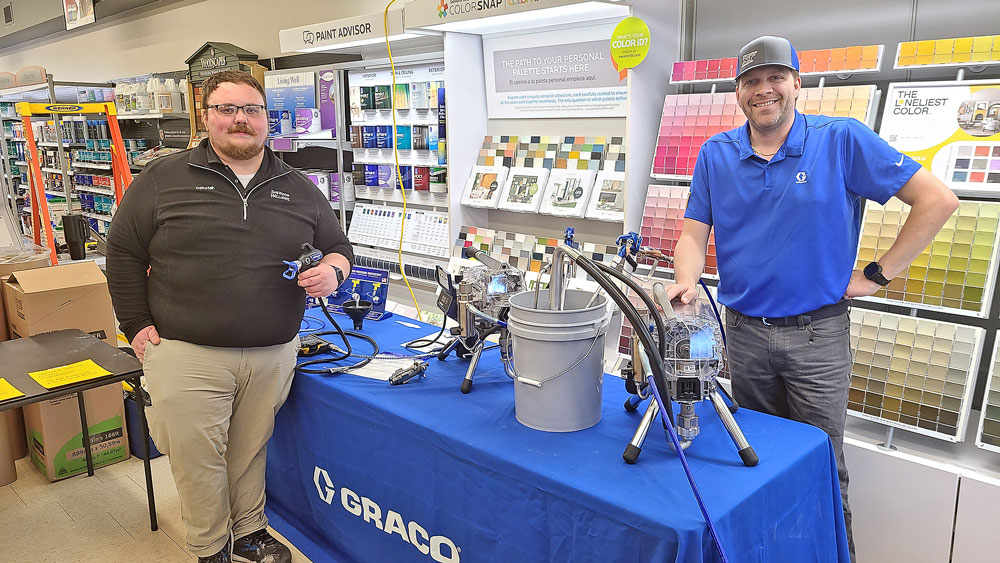State public schools ‘report card’ now available online
By James Grob, jgrob@charlescitypress.com
Results of Iowa’s state accountability system for public schools, which was made public last week, showed something the Charles City School District has been discussing since it learned its ratings in December.
There is work to be done.
“With the release of the state scores there were no surprises,” Charles City Superintendent Mike Fisher told the Press Tuesday. “In the last couple of months our focus has been on identifying the gaps and areas where we need to improve, and we have the biggest focus on use of the standards in increasing the rigor of the instruction in the classrooms.”
Although individual school districts have had their results for awhile, the Iowa Department of Education recently released a searchable online school accountability reporting system called the Iowa School Performance Profiles, often referred to as “school report cards.”
Each school receives an overall score based on its performance on accountability measures. The measures factored into the score include student participation on state assessments, academic achievement, proficiency, student growth, graduation rates and conditions for learning.
All four schools in the Charles City School District fell below the “Acceptable” standard of 49.21 and were rated “Needs Improvement.” Charles City High School’s composite score was 49.0, Charles City Middle School’s was 48.66, Lincoln Elementary’s was 45.29 and Washington Elementary’s was 45.29.
The ratings and corresponding score ranges are “Exceptional” – 66.31 and above; “High Performing” – 60.61 to 66.30; “Commendable” – 54.91 to 60.60; “Acceptable” – 49.21 to 54.90: “Needs Improvement” – 43.96 to 49.20; and “Priority/Comprehensive” – 43.95 and below.
Additional metrics are also included in the report, such as attendance, staff retention and progress made toward state goals.
Complete reports for every Iowa public school are available online at iaschoolperformance.gov. The website shows updated scores and ratings for all public schools, schools that have been identified for additional support and improvement, and additional data, required by law, but not counted toward accountability scores.
“This is an important tool for parents, educators and other stakeholders to understand how their schools are performing,” said Iowa Department of Education Director Ryan Wise in a press release. “While the Iowa School Performance Profiles does not tell the full story about schools, the website can enhance conversations in local communities about the work to prepare students for success.”
The website also includes some new features, including a measure of postsecondary readiness for high schools, and new data, such as science assessment results and educator effectiveness.
The latest scores reflect results of the new state test that was administered for the first time last spring.
The Iowa Statewide Assessment of School Progress (ISASP) tests replaced the Iowa Assessments as the accountability tests for all students in the state.
Superintendent Fisher and Lincoln Elementary Principal Marcia DeVore spoke at length to the school board and the public regarding the tests last month, and presented the district’s detailed plan of action to address the test scores.
“I’m not as worried about proficiency as much as I’m worried about growth,” Fisher told the school board last month. “Since this is the first year we’ve taken the test, we don’t really know the growth.”
Fisher told school board members to “trust the process.”
“Proficiency is important, that is the goal we aspire for, but we have to understand, not all kids start at the same spot,” he said. “We’re not going to focus on the test scores as much as we’re going to focus on doing the right things — more rigorous instruction, taking care of our family. If we do the right things for our kids, the test scores will take care of themselves.”
Schools also receive a score for each subgroup of students in the report. Traditionally underserved students — students of color, student of lower income, students of a second language — are all students who traditionally in schools across the country have been underserved and have underachieved when compared to some of their peers.
A school is identified for “Targeted” support and improvement if a student subgroup score is as low as the lowest 5 percent of schools in the state. Student subgroups include students who are eligible for free and reduced price meals, English language learners, students with disabilities and students by racial/ethnic minority group.
CCHS, CCMS and Lincoln Elementary are all designated as “Targeted” schools, while Washington Elementary is designated as “No Support Required.”
Targeted schools maintain their designations for three years, giving the schools time to come up with a meaningful plan that will be effective and sustaining. CCHS and CCMS are both in year two of Targeted designation, while Lincoln is in year one.
Demographically, the student body of the Charles City School District is 73.8% white, 11.4% black, 7.3% Hispanic, and 7.8% combined either Asian, Native American, Pacific Islander or multi-racial, according to the report. The district is split right down the middle by gender, 50-50. Thirteen percent are students with disabilities, 2.7% are English Language Learners and more than 54% are low socio-economic status.
New Hampton High School received a 56.46 “Commendable” rating, while the district’s middle school received a 52.43 “Acceptable” rating and the elementary school received 64.16 “High Performing” rating.
Nashua-Plainfield Elementary School received a “Commendable” rating of 59.85 while N-P’s junior/senior high school received an “Acceptable” rating of 54.73.
Rudd-Rockford-Marble Rock Elementary School received a ‘Commendable” rating (60.08), as did the district’s junior/senior high school (55.89.)
Central Springs High School was rated as “Acceptable” (54.66) while the district’s middle school and two elementary schools were all rated as “Needs Improvement.”
Statewide, school performance results show fewer Iowa schools were identified for Targeted Support and Improvement for having one or more student subgroup score fall as low as the lowest 5 percent of schools in the state. This is because many schools that were identified based on 2017-18 performance saw improvement for the identified student subgroup in the 2018-19 school year.
The overall distribution of schools by rating category also changed little. The High Performing category saw the highest increase (2.5 percentage points), while the share of schools in the bottom three rating categories (Acceptable, Needs Improvement and Priority) climbed by about 2 percentage points.
The Iowa School Performance Profiles, launched in 2018, meets state and federal requirements to publish report cards reflecting the performance of all public schools.








Social Share